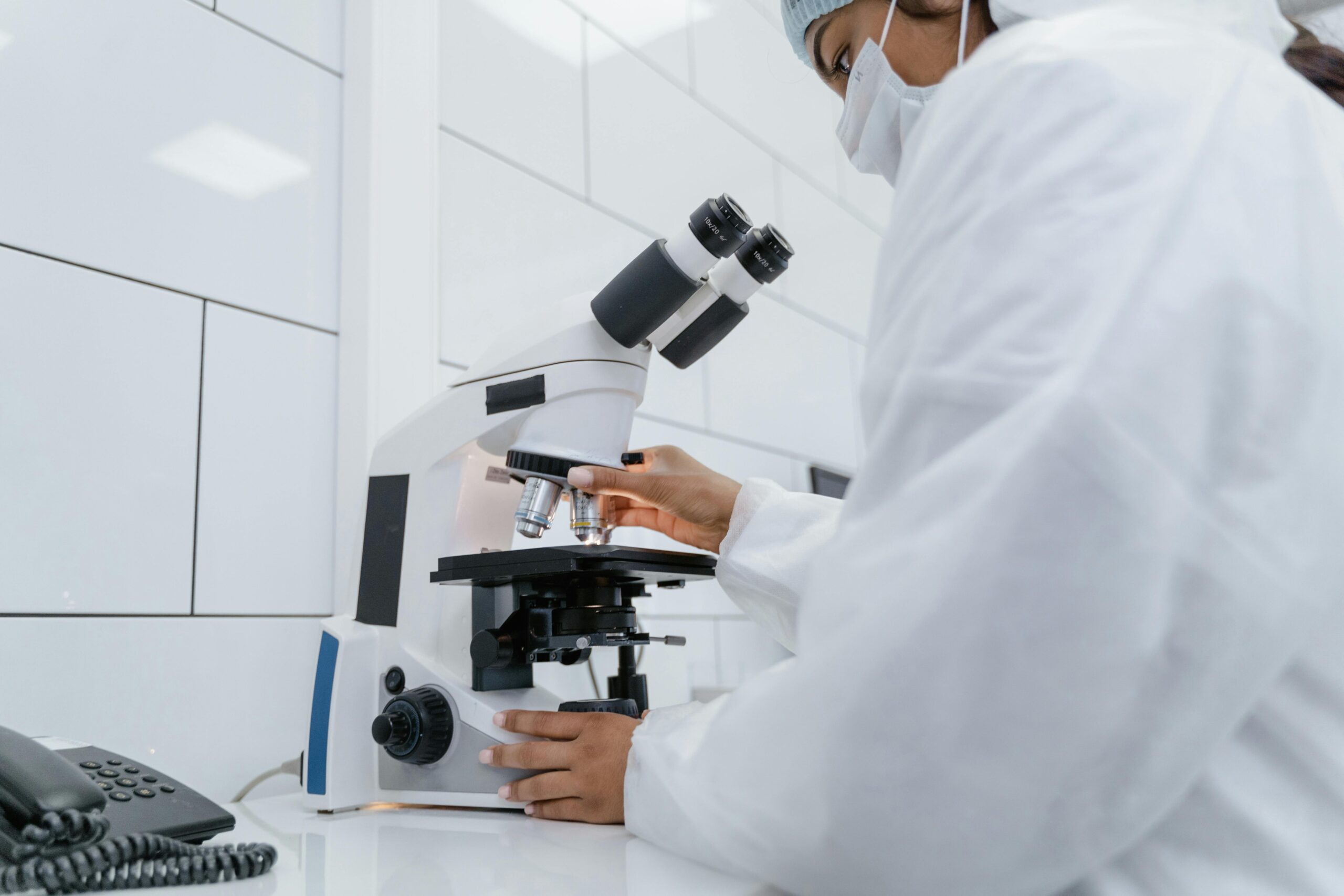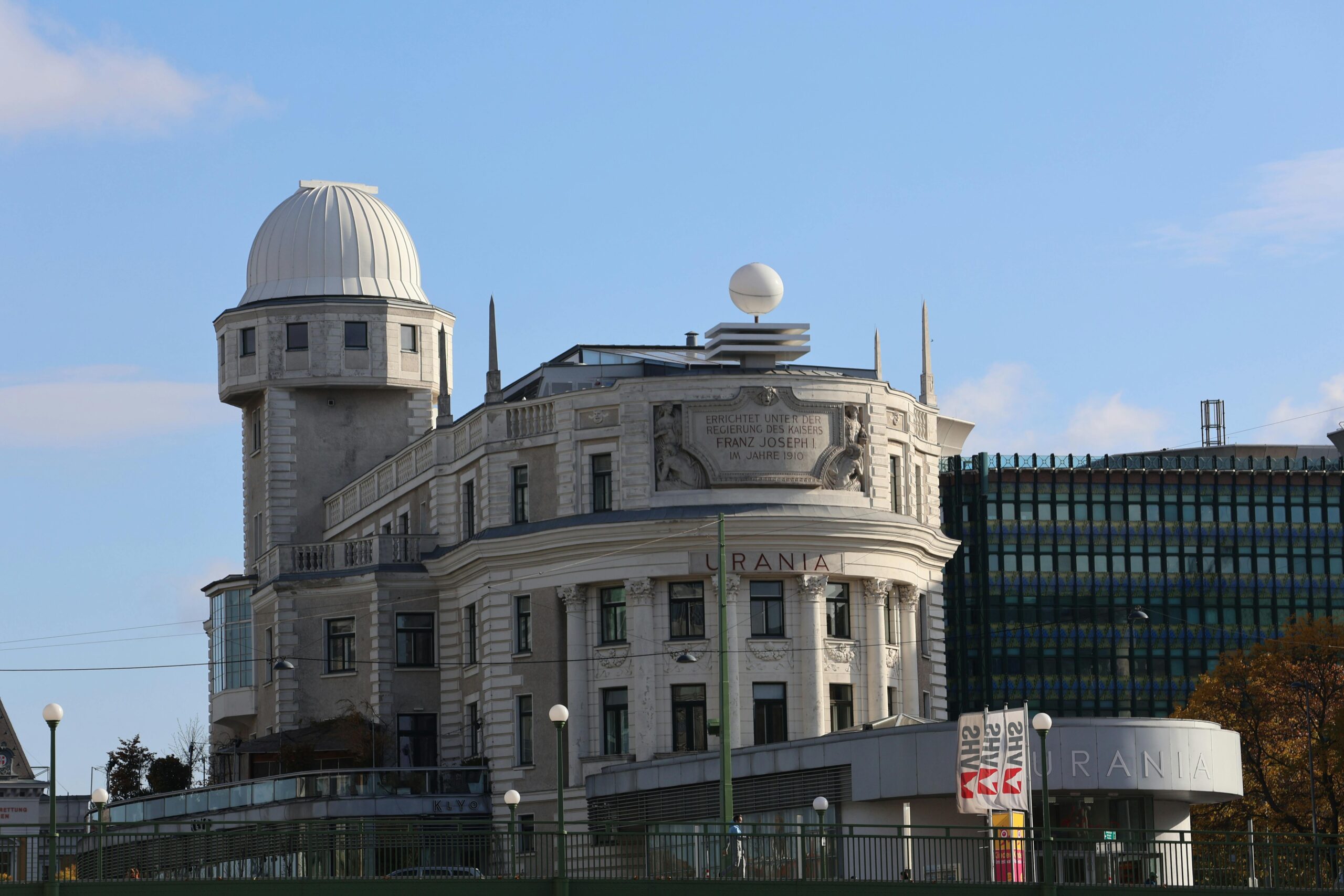Synthetic biology is reshaping medicine by engineering biological systems that can detect, diagnose, and repair cellular damage with unprecedented precision and efficiency.
🔬 The Dawn of Programmable Medicine
The intersection of synthetic biology and regenerative medicine represents one of the most promising frontiers in healthcare innovation. Scientists are no longer limited to observing biological processes—they’re now designing and constructing entirely new biological systems from scratch. These engineered repair mechanisms have the potential to revolutionize how we treat diseases, heal injuries, and extend human healthspan.
Traditional medicine has relied on external interventions like pharmaceuticals and surgery to address health problems. However, synthetic biology introduces a paradigm shift by programming cells to become their own therapeutic agents. This approach leverages the natural machinery of cells while adding new capabilities through genetic circuits, protein engineering, and metabolic pathway redesign.
The implications are staggering. Imagine cells that can detect cancer at its earliest stages and eliminate malignant tissue before it spreads. Picture engineered bacteria that patrol the digestive system, producing therapeutic compounds exactly when and where they’re needed. Consider tissue that can regenerate itself after injury with minimal scarring and full functional recovery.
Engineering Cellular Repair Mechanisms at the Molecular Level
At the heart of synthetic biology’s medical revolution are engineered repair systems that operate at multiple scales—from individual proteins to complete cellular networks. Researchers are designing molecular machines that can identify damaged DNA, misfolded proteins, and dysfunctional cellular components, then execute precise repair protocols.
DNA repair systems represent a critical area of development. Every day, our cells experience thousands of DNA lesions from various sources including UV radiation, chemical exposure, and normal metabolic processes. While natural repair mechanisms exist, they’re imperfect and decline with age. Scientists are now engineering enhanced DNA repair enzymes with improved fidelity and efficiency.
One promising approach involves CRISPR-based repair systems that can locate specific genetic mutations and correct them in living cells. Unlike traditional gene therapy that simply adds new genes, these systems actively edit existing DNA sequences to restore normal function. This precision editing could cure genetic diseases at their source rather than merely treating symptoms.
Protein Quality Control Systems
Proteins are the workhorses of cellular biology, but they’re vulnerable to damage from heat, oxidative stress, and simple aging. Misfolded proteins aggregate into toxic clusters implicated in Alzheimer’s, Parkinson’s, and numerous other neurodegenerative diseases. Synthetic biologists are engineering enhanced chaperone proteins and proteasome systems that can prevent protein misfolding or clear damaged proteins more effectively.
These engineered quality control systems could be delivered to specific tissues using viral vectors or encapsulated in nanoparticles. Early research suggests they could slow or even reverse the protein aggregation that characterizes many age-related diseases. The challenge lies in ensuring these systems integrate seamlessly with existing cellular machinery without causing unintended disruptions.
🧬 Synthetic Cells as Living Therapeutics
Perhaps the most ambitious application of synthetic biology in medicine involves creating entirely synthetic cells or extensively modified natural cells that function as living drugs. These engineered cells can sense their environment, process information through genetic circuits, and respond with therapeutic actions.
CAR-T cell therapy demonstrates this concept’s potential. In this FDA-approved treatment, a patient’s immune cells are extracted, genetically modified to recognize cancer cells, then reinfused into the body. These engineered cells persist for years, providing ongoing surveillance against cancer recurrence. Next-generation versions incorporate additional genetic circuits that make them safer and more effective.
Researchers are now developing synthetic cells with increasingly sophisticated capabilities. Some designs include genetic “kill switches” that can be activated if problems arise. Others incorporate biosensors that detect multiple disease markers simultaneously and calibrate their therapeutic response accordingly. Still others can communicate with each other through engineered signaling molecules, coordinating complex multi-cellular responses.
Engineered Bacteria for Therapeutic Delivery
The human microbiome contains trillions of bacteria that influence health in profound ways. Synthetic biologists are harnessing this natural ecosystem by engineering bacteria that produce therapeutic compounds directly in the gut or other tissues. These living factories can synthesize drugs continuously, maintaining optimal therapeutic levels without repeated dosing.
Some engineered bacterial strains can detect inflammatory markers and respond by producing anti-inflammatory compounds. Others sense tumor metabolites and colonize cancer tissue, then release chemotherapeutic agents locally while sparing healthy tissue. This targeted approach could dramatically reduce the side effects that make conventional cancer treatment so challenging.
Biomaterials and Tissue Engineering Breakthroughs 🏗️
Synthetic biology extends beyond cellular engineering to encompass the design of novel biomaterials that guide tissue regeneration. These materials can be programmed with specific biochemical signals that direct stem cells to differentiate into desired cell types and organize into functional tissues.
Traditional tissue engineering has struggled to recreate the complex three-dimensional architecture and vascular networks necessary for large tissue constructs. Synthetic biology addresses these challenges by engineering cells that self-organize into desired structures and secrete their own extracellular matrix with precisely controlled properties.
Researchers have successfully engineered cartilage, skin, and even simplified organ structures using these approaches. Current efforts focus on vascularizing these tissues so they can survive and integrate when implanted. Some designs incorporate engineered endothelial cells that spontaneously form blood vessel networks throughout the construct.
Smart Scaffolds with Adaptive Properties
The next generation of tissue engineering scaffolds incorporates living cells that sense and respond to their environment. These hybrid constructs combine synthetic materials with engineered cells that remodel the scaffold in response to mechanical stress, chemical signals, or programmed developmental cues.
For example, a bone repair scaffold might contain cells engineered to produce bone morphogenic proteins in response to mechanical loading. As the patient uses the injured limb, the scaffold actively strengthens itself, adapting to the specific stresses that bone experiences. This biomimetic approach could produce grafts that integrate more completely and function more naturally than current options.
Overcoming Immune Rejection Through Synthetic Biology
One of the greatest challenges in regenerative medicine is immune rejection of transplanted cells and tissues. Synthetic biology offers multiple strategies to address this problem by engineering cells that can evade or modulate immune surveillance.
Researchers have developed “universal” donor cells by deleting genes that encode major histocompatibility complex proteins while adding genes that prevent natural killer cell activation. These cells can potentially be transplanted into any recipient without triggering rejection, eliminating the need for matched donors and immunosuppressive drugs.
Alternative approaches focus on engineering localized immunosuppression. Transplanted cells might secrete anti-inflammatory molecules that create a protective microenvironment without systemic immunosuppression. This targeted approach could allow grafts to survive while maintaining the patient’s overall immune function.
⚡ Real-Time Sensing and Responsive Therapeutics
A key advantage of synthetic biological systems is their ability to sense and respond to physiological conditions in real time. Unlike conventional drugs that are administered on fixed schedules, engineered cells can adjust their therapeutic output based on actual need.
Diabetic patients might benefit from engineered cells that sense glucose levels and secrete insulin proportionally—essentially creating a biological artificial pancreas. Early versions of such systems are already in development, with cells encapsulated in protective membranes that allow nutrient exchange while preventing immune attack.
Similar approaches could treat other metabolic disorders, hormonal imbalances, and chronic inflammatory conditions. The responsive nature of these systems could provide better disease control with fewer side effects compared to traditional pharmacological approaches.
Closed-Loop Therapeutic Systems
The ultimate goal is creating fully autonomous therapeutic systems that maintain homeostasis without external intervention. These closed-loop systems would continuously monitor relevant biomarkers and adjust their therapeutic output to maintain optimal health parameters.
Such systems require sophisticated genetic circuits that can process multiple inputs, integrate information over time, and execute nuanced responses. Advances in synthetic biology are making these complex circuits feasible, though significant challenges remain in ensuring their reliability and safety over extended periods.
🔐 Safety Mechanisms and Containment Strategies
As synthetic biological systems become more powerful, ensuring their safety becomes increasingly critical. Researchers are developing multiple layers of biocontainment to prevent engineered organisms from persisting where they’re not wanted or spreading beyond intended areas.
Genetic kill switches can be programmed to eliminate engineered cells if they leave a designated area or after a predetermined time period. Some designs require continued presence of specific molecules to survive, causing cells to self-destruct if those molecules become unavailable. Others respond to external signals like small molecule drugs or light, allowing physicians to eliminate engineered cells if necessary.
Synthetic auxotrophy represents another containment strategy. Engineered cells are modified to require nutrients that don’t exist in nature, making them dependent on supplementation to survive. If they escape their intended environment, they cannot obtain necessary nutrients and die naturally.
Regulatory Pathways and Clinical Translation
Moving synthetic biological therapies from laboratory to clinic requires navigating complex regulatory frameworks. The FDA and other regulatory agencies are developing new guidelines specifically for cell and gene therapies that incorporate synthetic biology principles.
These regulations must balance innovation with safety, ensuring thorough testing without unduly delaying access to potentially life-saving treatments. The approval of CAR-T therapies and gene editing treatments demonstrates that regulators can adapt to evaluate these novel approaches.
Clinical trials of synthetic biology-based therapies are expanding rapidly. Beyond cancer immunotherapy, trials are underway for treatments targeting genetic diseases, autoimmune disorders, and degenerative conditions. Each successful trial provides valuable data that informs both scientific development and regulatory policy.
💡 The Convergence of AI and Synthetic Biology
Artificial intelligence is accelerating synthetic biology research by helping design genetic circuits, predict protein structures, and optimize metabolic pathways. Machine learning algorithms can analyze vast datasets to identify promising therapeutic targets and design molecules with desired properties.
This synergy between AI and synthetic biology is particularly powerful for designing complex genetic circuits. Traditional trial-and-error approaches to circuit design are time-consuming and often unsuccessful. AI can simulate circuit behavior, predict failure modes, and suggest modifications—dramatically accelerating the design cycle.
Protein engineering benefits similarly from AI-assisted design. Algorithms trained on protein structure databases can predict how amino acid changes affect protein function, stability, and interactions. This capability enables rapid development of therapeutic proteins with enhanced properties or entirely novel functions.
Personalized Medicine at the Cellular Level
Synthetic biology enables unprecedented personalization of medical treatment. Patient-specific cells can be extracted, genetically modified to address that individual’s particular disease, then returned to the body. This approach ensures perfect genetic matching while incorporating therapeutic modifications tailored to the patient’s unique condition.
Personalized cancer vaccines represent one application of this concept. Tumor samples are sequenced to identify unique mutations, then used to engineer immune cells that recognize those specific cancer markers. This precision targeting maximizes therapeutic efficacy while minimizing damage to healthy tissue.
As costs decline and technologies mature, such personalized approaches may become standard care for many conditions. The vision is medicine that treats not just a disease category, but the specific manifestation of disease in each individual patient.
🌍 Global Health Applications and Accessibility
While much synthetic biology research focuses on complex diseases in developed nations, these technologies also hold enormous potential for global health challenges. Engineered microorganisms could produce essential medicines locally in resource-limited settings, eliminating complex supply chains and refrigeration requirements.
Diagnostic applications are particularly promising. Engineered cells that change color or produce signals in response to disease markers could enable low-cost, equipment-free diagnosis of infectious diseases. Such tools could transform disease surveillance and treatment in areas lacking laboratory infrastructure.
Ensuring equitable access to synthetic biology therapies requires intentional effort. Researchers and policymakers must address issues of intellectual property, manufacturing capacity, and training to prevent these transformative technologies from exacerbating health disparities.
The Decade Ahead: From Laboratory to Standard Care
The next ten years will likely see synthetic biology therapies transition from experimental treatments to mainstream medical options. Manufacturing processes are becoming more standardized and cost-effective. Regulatory pathways are better defined. Clinical evidence continues to accumulate demonstrating safety and efficacy.
We can anticipate approval of engineered cell therapies for a widening range of conditions beyond cancer. Genetic repair systems may achieve clinical success for inherited diseases. Tissue-engineered organs incorporating synthetic biology principles could begin addressing transplant shortages.
These advances won’t eliminate traditional medicine, but rather complement existing approaches with powerful new options. The physician’s toolkit will expand to include living therapeutics that can be precisely programmed to address individual patient needs.

Ethical Considerations in Engineering Life 🤔
The power to engineer biological systems raises profound ethical questions. How extensively should we modify human cells or the human genome? Who decides which modifications are therapeutic versus enhancement? How do we ensure informed consent when treatments involve permanent genetic changes?
These questions lack simple answers and require ongoing dialogue among scientists, ethicists, policymakers, and the public. Frameworks for responsible innovation in synthetic biology continue to evolve, emphasizing transparency, inclusion of diverse perspectives, and careful consideration of long-term implications.
The potential benefits of synthetic biology in medicine are immense—cures for currently untreatable diseases, dramatic improvements in quality of life, and possibly extension of healthy lifespan. Realizing these benefits while navigating ethical complexities represents one of the defining challenges of 21st-century medicine.
As we stand at this technological threshold, the future of medical repair systems looks remarkably promising. Synthetic biology is providing tools to address diseases at their fundamental causes rather than merely managing symptoms. The revolution in medicine isn’t coming—it’s already here, transforming from laboratory curiosity to clinical reality. The coming decades will determine how completely this transformation reshapes human health and longevity.
Toni Santos is a longevity writer and regenerative medicine researcher dedicated to exploring how biology, technology, and ethics can extend healthspan. With a focus on cellular repair and anti-aging biotechnology, Toni examines how next-generation therapies translate lab breakthroughs into real-world vitality. Fascinated by stem cell science, telomere dynamics, and systems biology, Toni’s journey bridges research reviews, expert interviews, and clear public communication. Each article he shares aims to separate evidence from hype—helping readers understand what’s promising, what’s premature, and what truly supports long-term health. Blending molecular biology, clinical insight, and accessible storytelling, Toni investigates interventions that target the root drivers of aging. His work honors responsible innovation—prioritizing safety, transparency, and human wellbeing in the pursuit of extended healthspan. His work is a tribute to: Anti-aging biotechnology grounded in rigorous evidence Cellular rejuvenation pathways that restore function and resilience Stem cell and telomere research advancing ethical longevity care Whether you’re a clinician, researcher, or health enthusiast, Toni Santos invites you to explore the frontiers of regeneration—one discovery, one mechanism, one healthier year at a time.




